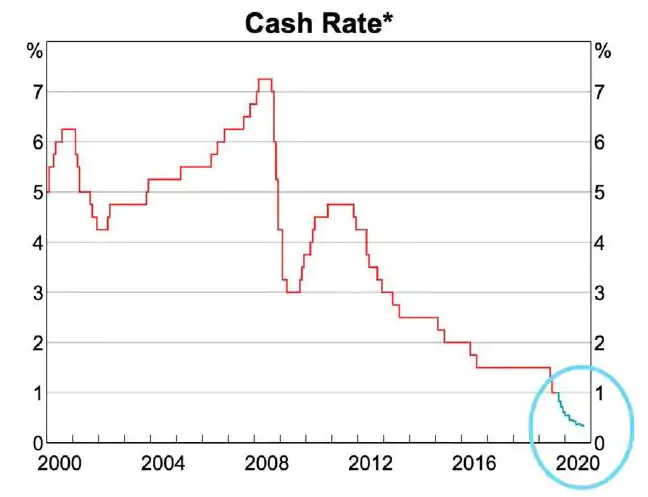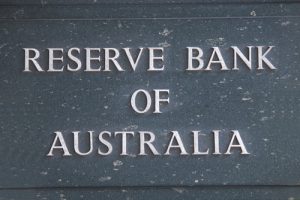Damien Boey, a research analyst at Credit Suisse, has warned that economic growth in Australia could slow quite sharply next year, raising the prospect that a slowdown could be immient.
Boey expects the recent growth spurt driven by strong infrastructure investment, could fade in the first half of 2019, and the risks associated with housing construction and household spending from the downturn in real estate could signal that the Reserve Bank of Australia’s rate hike cycle would have to be put on hold.
“Our view is that the economy is overshooting,” Boey said.
“We believe that growth will eventually slow as timely leading indicators [such as PMIs] are suggesting.”
Boey said infrastructure investments had driven the recent surge in economic activity.
“We think that the [economy] is still being supported by infrastructure,” he said.
“The latest Access Economics data for Q3 suggest that growth in the stock of infrastructure spending has re-accelerated. And recently, project spending growth has been remarkably positively correlated with the cycle in domestic demand.”
While actual infrastructure investment has been substantial, Boey did not expect the trend to last due to the lack of new projects in the pipeline.
“In 2018 to date, actual project spending growth has accelerated, even as the project pipeline has thinned out,” he said.
“It is in this sense that we think infrastructure spending growth has been overshooting, contributing to the overshooting we are also seeing in domestic demand growth relative to leading indicators,” Boey added.
“However, the more growth in spending we experience today, the more we also eat into future growth, unless policy makers are able to adequately top up the project pipeline.
“As the saying goes, ‘serenity now, insanity later’.”
…click on the above link to read the rest of the article…













